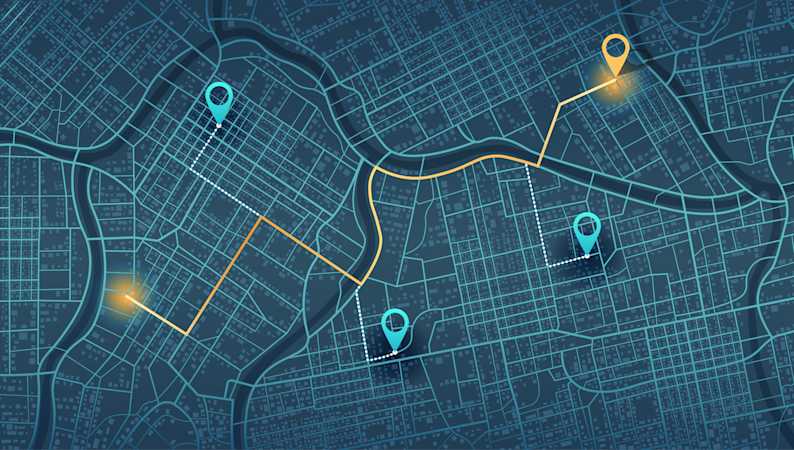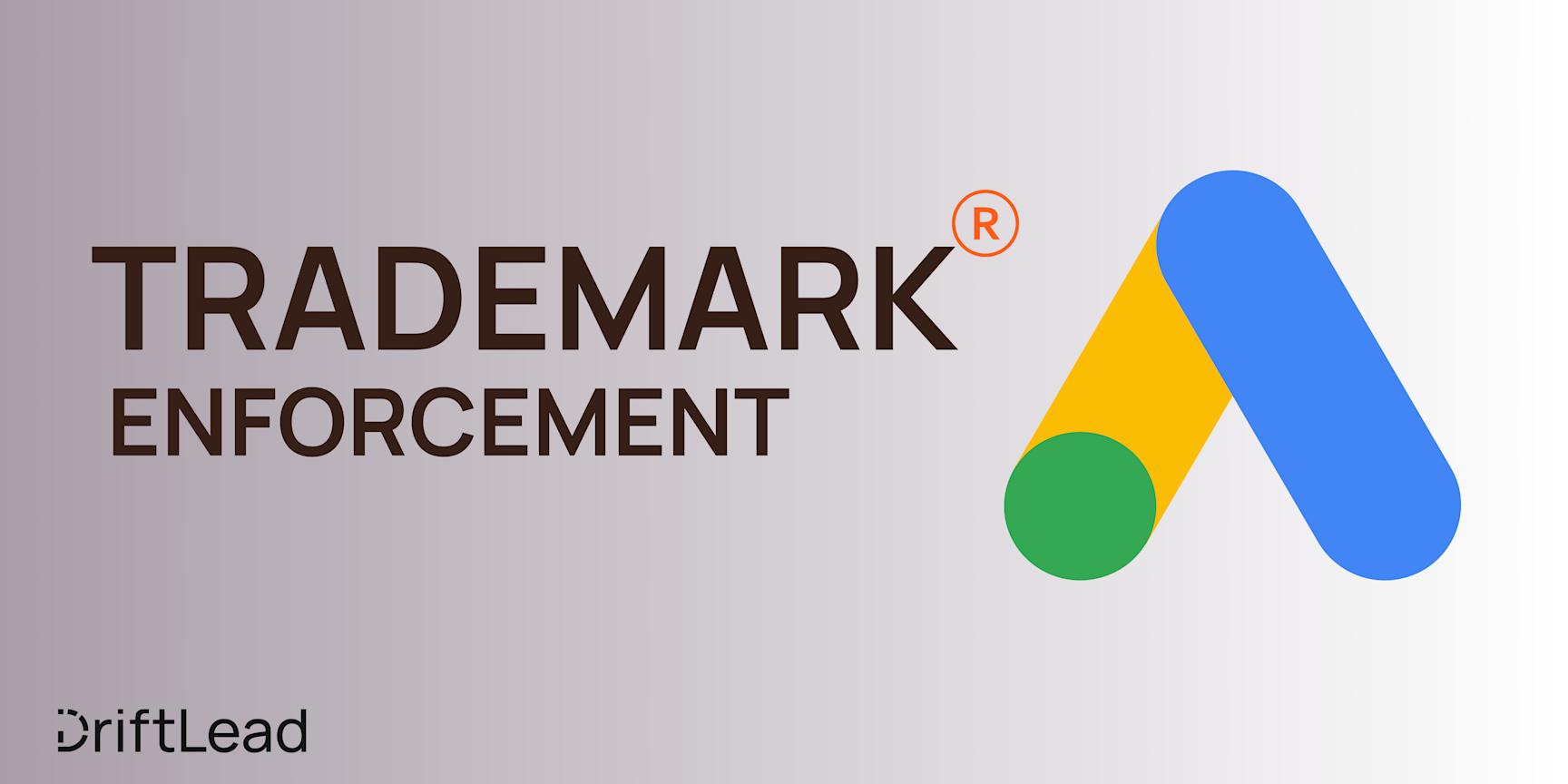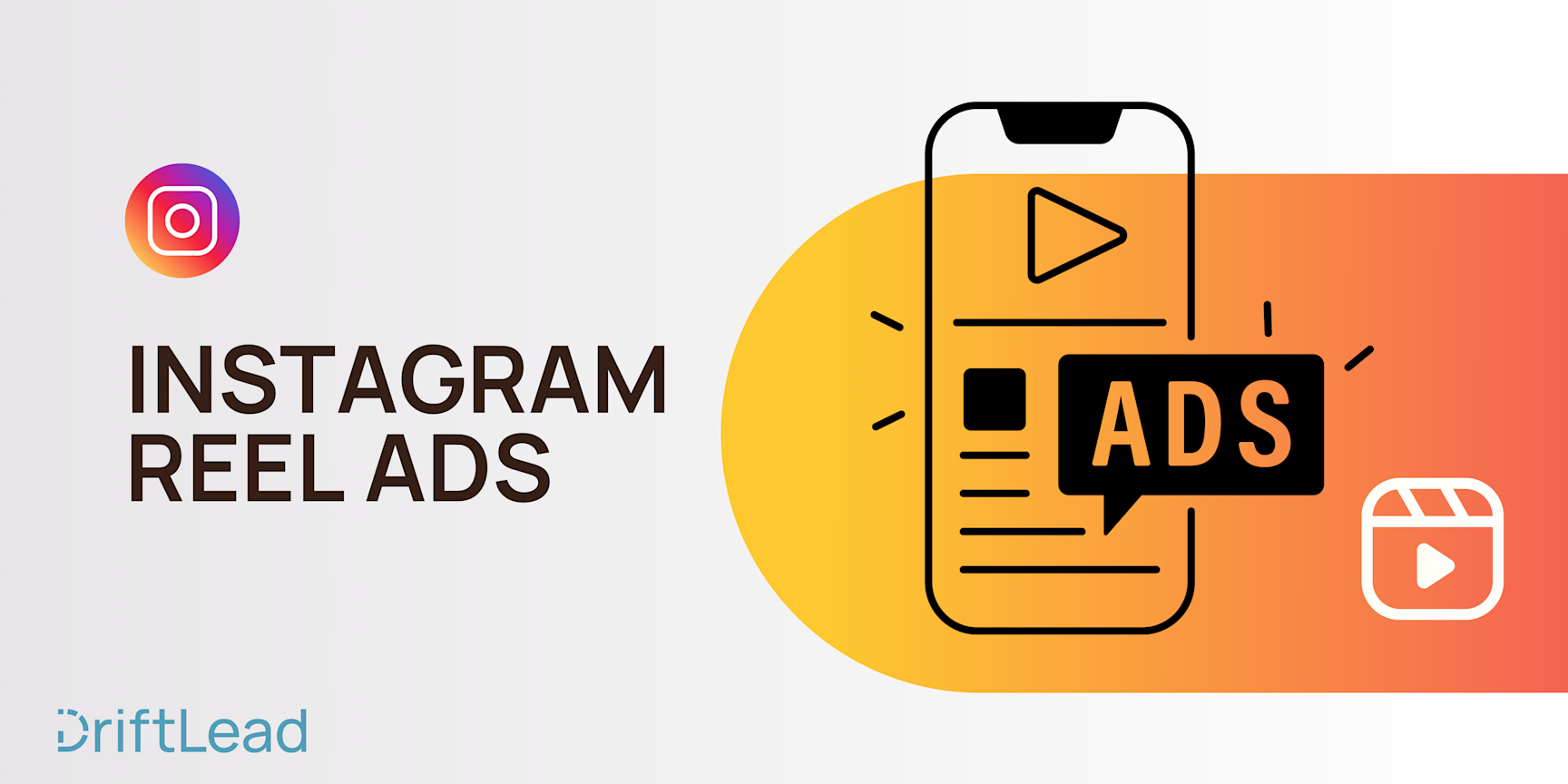Location Targeting in Google Ads & How To Best Leverage It For Better-Performing Campaigns
24 Oct, 2023
Unlock the potential of Google Ads with smart location targeting strategies. Dive into this guide to optimize campaigns geographically, drive ROI, and connect authentically with your audience.

Jump to:
#ppc
Hop on our weekly newsletter train! We're sharing tips so stellar, we're practically job-threatening ourselves!
When you think about prime real estate, you might imagine beachfront properties, penthouses in the city, or that charming cottage in the countryside. But in the bustling marketplace of Google Ads, the prime real estate is all about location targeting.
You see, location targeting in Google Ads isn't just about telling your ad where to show up—it’s about ensuring your ad shows up where your audience is most likely to engage, convert, and possibly even do a happy dance upon seeing your offer (okay, the dance might be wishful thinking, but a marketer can dream, right?).
In the next sections, we'll be your real estate agent in the world of Google Ads, showing you how to determine the best neighborhoods to invest your ad budget in, how to avoid the dodgy alleys of poor performance, and how to throw the most enticing housewarming party for your potential customers.
Capabilities of Location Targeting in Google Ads
Geo-Targeting Precision: Google Ads lets you get as specific as targeting a small radius around a location. Perfect if you want to cast a net around, say, a particular coffee shop where your book about latte art might appeal to the caffeine-loving clientele.
Bulk Location Targeting: Have multiple locations in mind? No need to enter them one by one. Google's got your back with bulk location input. It's like sending out invites to a party to everyone in your contact list in one go.
Location Exclusions: Not every place is right for your ad. If you’re selling snow boots, you might not want to target a sunny beach town. With exclusions, you can tell Google exactly where not to show your ads.
Advanced Location Options: These allow you to refine your targeting based on where someone is, or is interested in. Want to show your ads to people physically present in a location? Or those showing interest in that location even if they’re not currently there? Google's got the tools for that.
Location Bid Adjustments: Found a golden spot where your ads are hitting the jackpot? You can boost your bid for that specific location to maximize on its potential.
Demographic Location Data: Google lets you see performance data by location. This means you can view which locations are yielding the best results and which ones are just eating into your budget like an unsupervised child in a candy store.
Location Groups: If you have business types or places of interest you want to target (like airports or universities), Google lets you target these specific groups. Ideal if you're selling, let’s say, luggage sets or dorm decor.
But before you jump in with both feet and start marking territories on your Google Ads map, remember that location targeting isn't just about the 'where.' It’s about combining the 'where' with the 'who,' the 'why,' and the 'how.'
Determining the Best Location Targeting Settings for Your Campaigns
When plotting a course in the vast digital seas, one can't simply rely on the stars. It's essential to have the right maps and instruments. In Google Ads, the equivalent is location targeting settings. But what are these settings? And more crucially, how do you determine which ones suit your expedition best? Let’s discuss.
The Basics of Location Targeting in Google Ads:
Google Ads doesn’t claim to be a cartographer; it doesn’t mark geographic borders. However, it does provide advertisers with the tools to ensure their ads appear in select geographical locations. These locations can range from entire countries to specific areas within them, or even within a certain radius around a chosen address. The goal? To focus advertising efforts more efficiently, potentially leading to better ROI. However, keep in mind, targeting by radius isn't an option for campaigns like Hotel Ads.
Understanding the Signals:
Though we'd all love a magical crystal ball to give us precise insights, Google Ads location targeting is more of an astrolabe. It relies on varied signals – from user settings and devices to behaviors on the platform. As these signals can differ, the location targeting isn't always spot on, but it gets pretty close. For this reason, especially if your business is very geo-sensitive, keep an eye on delivery data to ensure Google isn't steering you too far off track.
Broad Geo Targeting – The High Seas of Opportunity:
Before setting sail with your location targeting, consider the breadth of your journey. Broad geo-targeting, labeled as "Presence or Interest", is akin to casting a wide net. It doesn’t only target users existing in the specified locations but also those who have shown interest in those places. This approach offers the advantage of:
A Vast Horizon: Target varied locales, from countries and territories to a radius around a specific point.
Richer Hauls: Potential for increased conversions, clicks, and impressions from users keen on what you offer.
And if you need a nudge from the crow's nest, here’s a fun fact: According to Google, advertisers who transitioned their location targeting from "Presence" to "Presence or Interest" in sectors like Travel, Real Estate, and Education witnessed a +5% surge in conversions for Search campaigns.
But, as every seasoned sailor knows, broad horizons aren't for everyone. Use "Presence" targeting when:
Your business operates in a niche or sensitive vertical with strict targeting rules.
You wish to strictly target users in specific locations, excluding those elsewhere but showing interest in your offerings.
Making Your Choice – Setting up Location Targeting:
The choice of location targeting boils down to understanding your business, audience, and advertising goals. It’s akin to picking the right ship for the journey. Whether you opt for the vastness of "Presence or Interest" or the specificity of "Presence", ensure it aligns with your destination – the marketing objectives you've set for your campaign. And, as always, keep a weather eye on the horizon (or in this case, performance metrics) to navigate and adjust your course as needed.
Strategic and Creative Uses of Location Targeting in Google Ads
While of course, location targeting can be used to ensure you're ads are delivering only to your target service areas, many more creative uses of location targeting and segmenting can help improve your campaign performance.
Seasonally-Driven Targeting:
With the changing seasons come changing consumer behaviors. For instance, retailers might target winter apparel to the chilly Northeast and bathing suits to the ever-sunny Florida. By aligning your location targeting with seasonal trends, you can make your ads more relevant and timely.
Event Targeting:
Major events can draw significant attention, both physically and digitally. Concerts, conferences, sports games – these are all opportunities. If there's a big music festival in Austin, Texas, a brand selling festival attire might want to boost its ads in that area during the event days.
Tailored Keywords and Ad Copy for Cities:
Every city has its quirks and nuances. By adjusting your ad copy and keywords to resonate with the local culture or trends of a particular city, you can make your ads more relatable. For instance, an ad campaign for running shoes in Portland might emphasize rain resistance, while the same campaign in Las Vegas could stress breathability in the desert heat.
Localized Promotions:
Different areas might react differently to promotions, or there might be location-specific events that warrant special deals. A coffee chain might offer discounts in Seattle during a major tech conference or special promotions in New Orleans during Mardi Gras.
A/B Testing Across Locations:
Performance can vary from location to location. Testing different ad versions in various areas can give insights into what works best for each demographic. For instance, a more laid-back ad copy might work better in California, while something energetic might resonate more in New York.
Utilizing Exclusions:
Sometimes, it's not about where you want your ads to show, but where you don't. Excluding locations where a product or service isn't available or where a certain promotion doesn't apply, can save resources and prevent potential customer frustrations.
Using Location Data to Optimize Your Campaign
Location data isn't just a fancy feature to show off in marketing meetings (although, let's admit, it does make us feel a bit like modern-day explorers). It's a treasure trove of insights waiting to be unearthed.
Dive Deep into Data Pools:
Every time your ad resonates with someone in San Francisco or gets a subpar CTR in Dallas, it’s giving you clues. Just like coffee preferences (cold brew vs. classic latte, anyone?), regions can have preferences in ad content. Examining performance metrics by location can show you where your ad is the local hero and where it's the outsider.
Shift Your Budget Strategically:
If your ads are getting rave reviews in rainy Seattle but are being left high and dry in sunny Miami, it's probably time to shift some of your budget. Allocate more funds to regions where your ads perform better. This way, you're not just throwing money at the problem; you're making it rain where it counts.
Refine Your Messaging:
Let's say you sell eco-friendly products. If they're flying off the digital shelves in Kansa City but collecting digital dust in Portland, maybe you need to amplify that green messaging for the eco-conscious Portlandians.
Time Adjustments:
It's 5 o'clock somewhere, but not everywhere. Using location data can also help you discern the best times to display your ads in different regions. You wouldn’t want to promote your midnight sale at 9 PM in New York when it's still 6 PM in Los Angeles.
Tailor Special Offers:
Not all places celebrate the same local holidays or events. Offering a special deal during Alaska's Midnight Sun Festival might earn you some brownie points (or salmon points?). Meanwhile, other locations might appreciate a nod during their unique festivities.
Conclusion: Navigating the World of Location Targeting
If there's one thing we've learned in the vast digital landscape of Google Ads, it's that location, location, location isn't just a mantra for real estate agents. As advertisers, we've got a world of possibilities right at our fingertips, literally mapped out for optimization. By harnessing the power of location targeting, we can make our campaigns resonate more deeply, connect with audiences more authentically, and drive results that matter.
Every click, impression, and conversion tells a story. And by paying attention to these geographical tales, we can weave campaigns that don't just span the globe but also speak its many languages.
Ready to take your location targeting to the next level but feel a bit lost in the woods? No worries! Click here for a free marketing plan. We’ll help you chart the course for ad success, no compass required!






